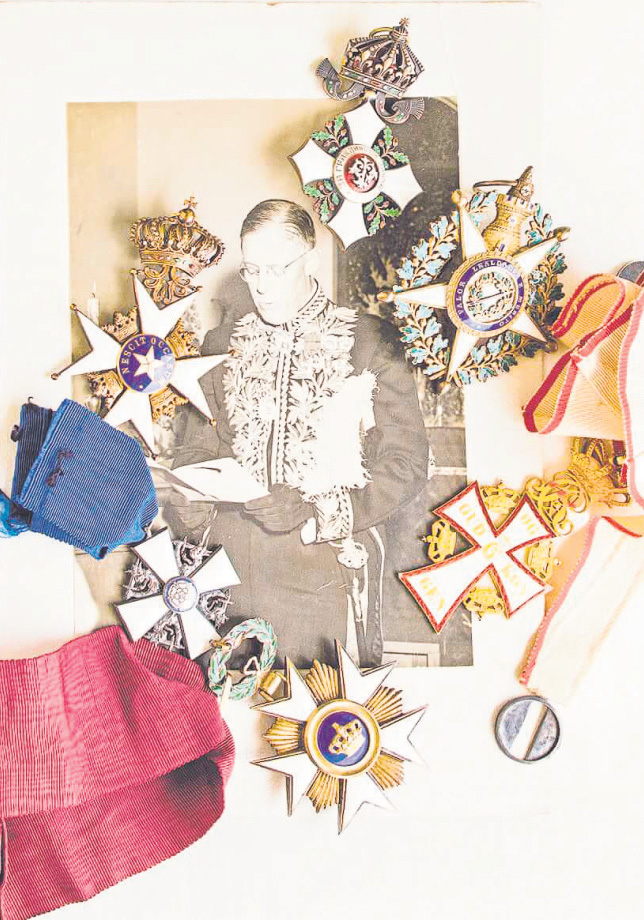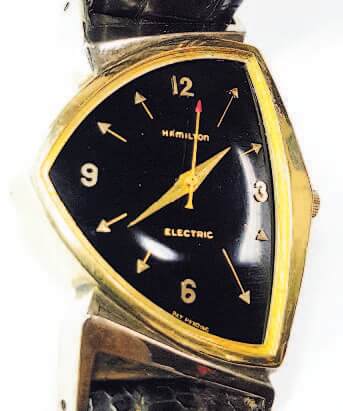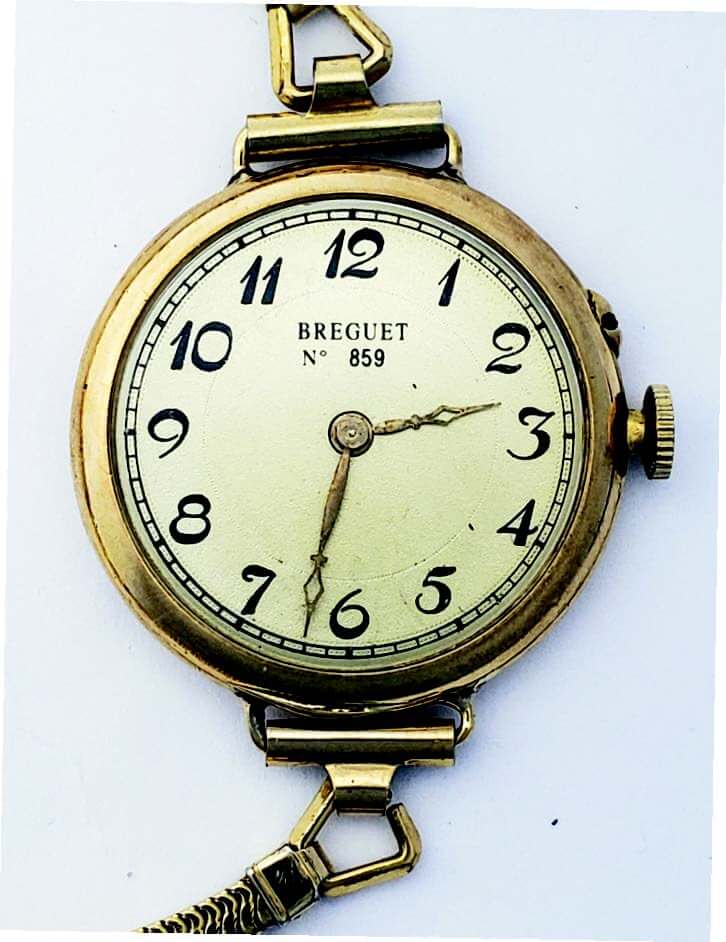Ninety percent of Japanese woodblock prints are worth very little. The value of these prints is based on factors such as the age, subject matter, style, and condition of the print. Prints bought during World War II might indeed have less value if they are common or in poor condition, but some prints can still fetch high prices if they were the work of renowned artists, or are particularly detailed or well executed and older.
Depending on several factors, Japanese Prints can sell for $10 to over $25,000
The artist’s name is often one of the most crucial factors determining the value of a Japanese print. The works of
artists such as Hokusai, Hiroshige and Utamaro are sought after if earlier printings, and can command significant prices.
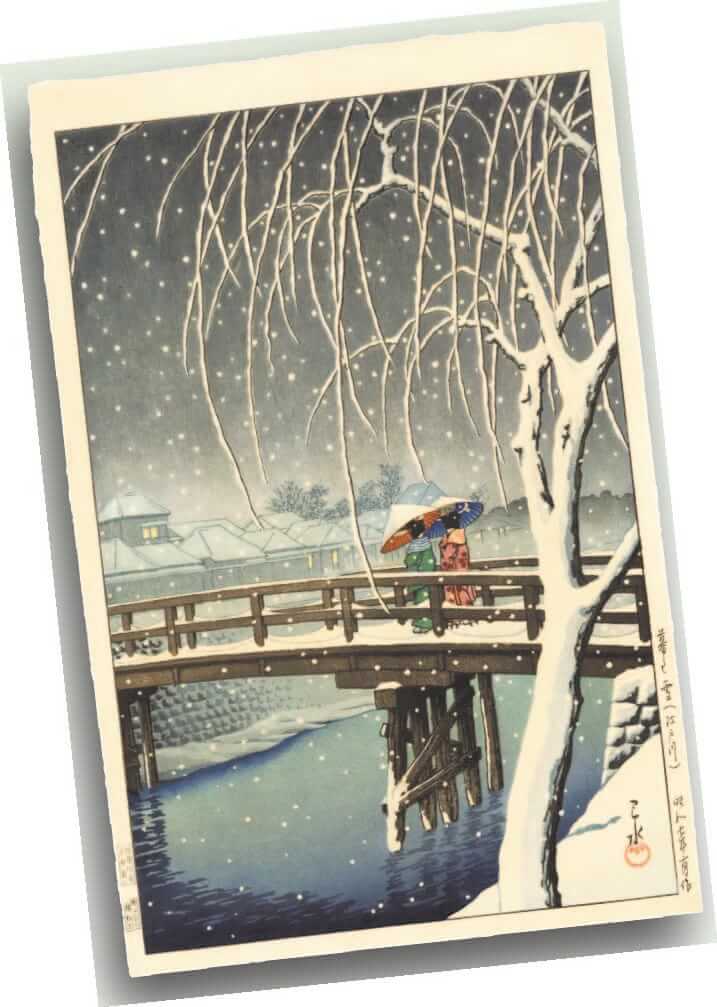
THE 1929 KAWASE HASUI PRINT
The value of Japanese prints varies from $10 to $25,000 depending on the artist and the age of the print. Most were bought during World War II and have little value; some older are incredibly detailed and bring a lot of money.
Auction records of prices are small in eBay auctions (from $10 to $100) but in a big New York auction, a certain 1929 mint-condition Kawase Hasui, Evening Snow print brought $11,000.
Subject matter, style, publisher and condition as well as the artist’s name are what determines the value.
The 1929 Kawase Hasui print, which sold for $11,000. Below, a colorful mother and child print from WWII is worth less than $50.
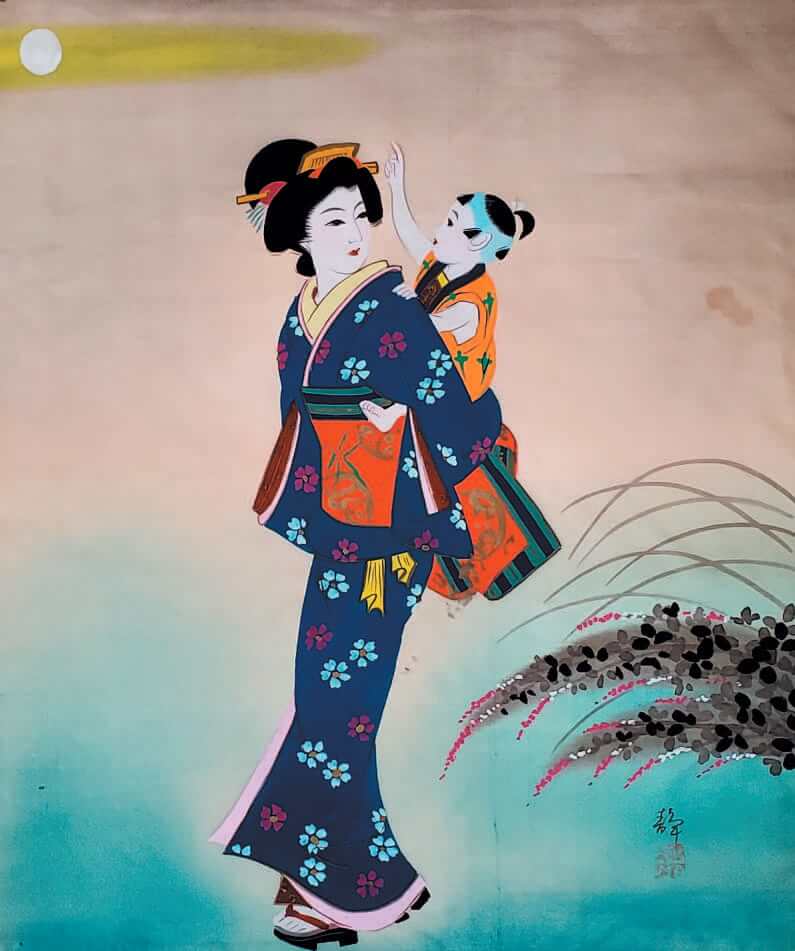
A COLORFUL MOTHER AND CHILD PRINT FROM WWII
WE ALSO BUY GOLD COINS FOR CASH.
ALWAYS BUYING rare and valuable Japanese prints.
ALL RIGHTS RESERVED.
This is an archival article formerly written and is for informational purposes only. The valuations in this article have likely changed since it was first written.

